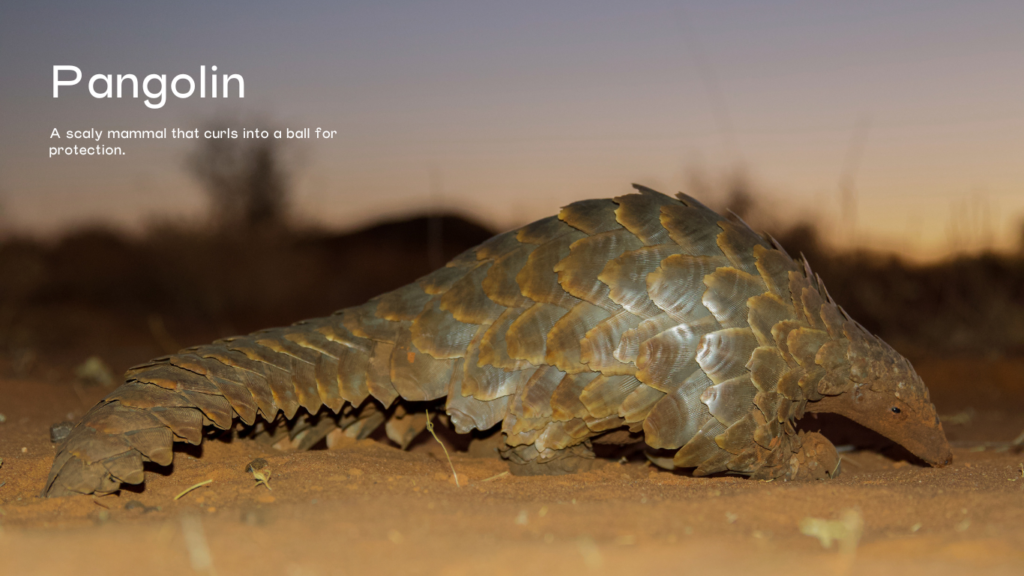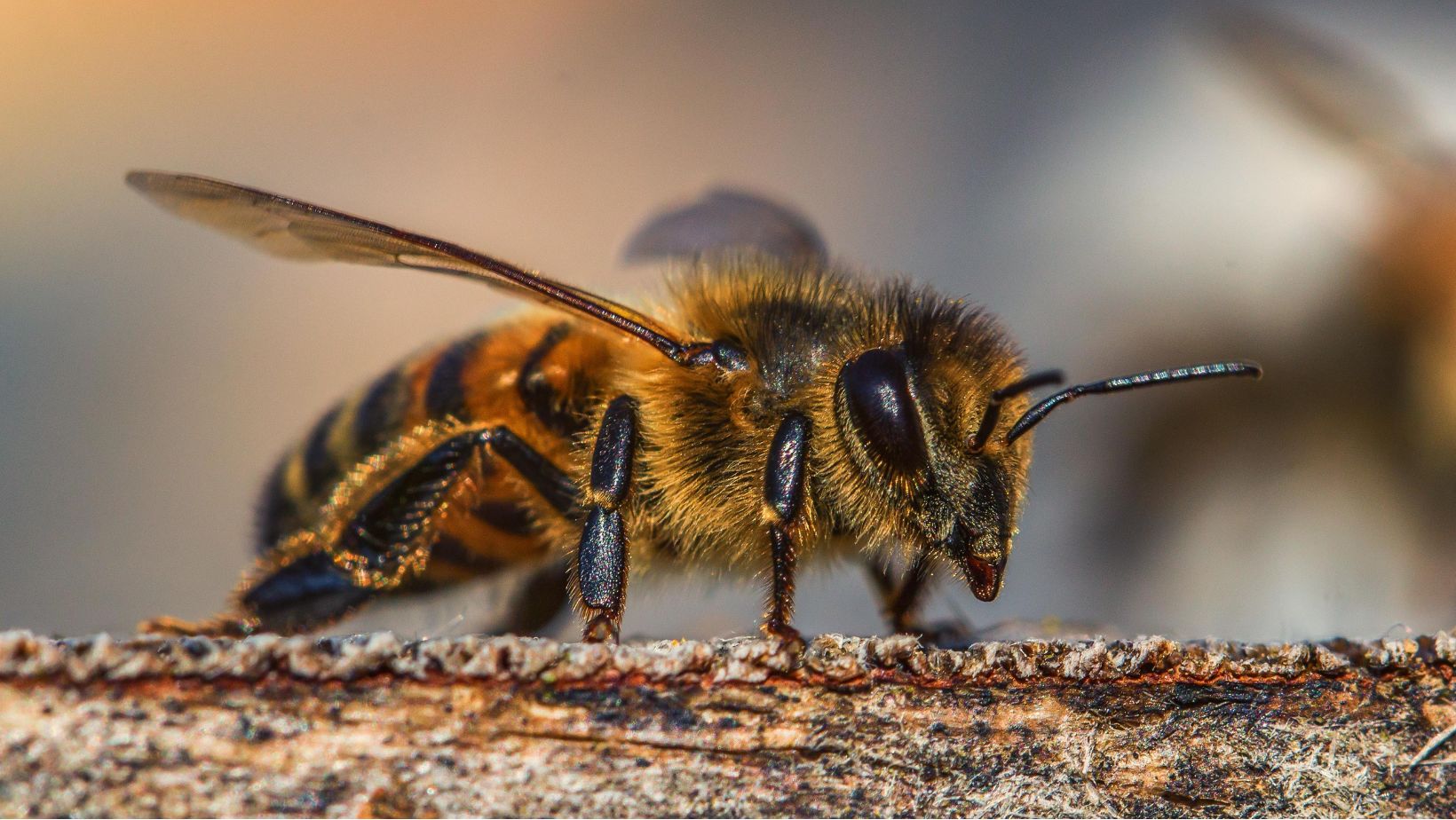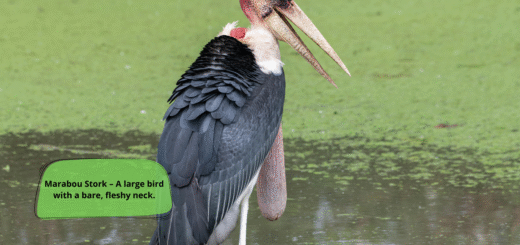Pangolin: The World’s Most Trafficked and Mysterious Mammal
The pangolin, often referred to as the “scaly anteater,” is a unique and mysterious creature found across Asia and Africa. Despite being largely unknown to many, the pangolin holds the unfortunate title of being the most trafficked animal in the world due to the high demand for its scales and meat. This article will explore the fascinating biology of pangolins, their cultural significance, conservation challenges, and ongoing efforts to protect these remarkable mammals.
Read to The Pink Fairy Armadillo: Nature’s Tiny, Elusive Marvel

Understanding Pangolin Biology
Pangolins belong to the order Pholidota and are the only mammals covered in protective scales made of keratin, the same protein found in human hair and nails. There are eight species of pangolins, split evenly between Africa and Asia. Asian species include the Chinese, Sunda, Indian, and Philippine pangolins, while the African continent hosts the black-bellied, white-bellied, giant ground, and Temminck’s ground pangolins. Pangolins range in size from the smaller Chinese pangolin, weighing around 5 kg, to the giant ground pangolin, which can weigh up to 33 kg.
The pangolin’s anatomy is highly specialized. Its long, muscular tongue, which can be longer than its body, enables it to feed efficiently on ants and termites, the primary staples of its diet. Its scales provide protection from predators; when threatened, a pangolin will curl up into a tight ball, making it nearly impossible for predators to reach its vulnerable underbelly.
Habitat and Distribution
Pangolins inhabit diverse ecosystems, from tropical forests and grasslands to savannas and dense woodlands. Asian pangolins are primarily found in countries such as China, India, and throughout Southeast Asia, while African pangolins are distributed across sub-Saharan Africa. Despite their adaptability to various environments, pangolins face rapid habitat loss due to deforestation, agriculture, and urbanization, especially in Asia, where human encroachment into their natural habitats is particularly intense.
Cultural Significance of Pangolins
Pangolins have a long history of significance in traditional cultures, particularly in Asia and Africa. In many Asian cultures, pangolin scales are believed to possess medicinal properties, despite the lack of scientific evidence supporting such claims. Traditional Chinese medicine, for example, attributes pangolin scales with properties that can supposedly promote blood circulation, reduce inflammation, and treat various ailments.
In Africa, pangolins hold cultural symbolism and are sometimes seen as creatures that connect the physical and spiritual worlds. Various tribes believe pangolins bring good fortune, while others use pangolin scales and body parts in ritualistic practices. This cultural reverence, however, has not prevented pangolins from falling victim to illegal poaching, driven by the lucrative international demand for their scales.
The Pangolin Trade: From Hunting to Global Trafficking
The demand for pangolin scales and meat has made these animals the most trafficked mammal on Earth. It is estimated that over a million pangolins were trafficked in the last decade alone. The primary drivers of this illegal trade are markets in Asia, where pangolin products are used in traditional medicine and consumed as a delicacy. Despite international regulations, the black market for pangolin scales continues to thrive, fueled by high prices and widespread corruption in certain regions.
Pangolin scales fetch high prices in illegal markets, sometimes commanding hundreds of dollars per kilogram. While all eight pangolin species are protected under international law, enforcement of these protections is challenging due to limited resources, insufficient public awareness, and the organized nature of wildlife trafficking networks. Additionally, demand for pangolin meat in Asia as a luxury dish further exacerbates the issue, with pangolin dishes often seen as a symbol of status and wealth.
Conservation Status and Efforts
All eight species of pangolins are listed under Appendix I of the Convention on International Trade in Endangered Species of Wild Fauna and Flora (CITES), meaning that international trade in pangolins or their parts is illegal. The International Union for Conservation of Nature (IUCN) has also classified the Asian pangolins as either endangered or critically endangered due to over-exploitation and habitat loss. African species, once considered less threatened, are now increasingly targeted as Asian pangolin populations dwindle.
Conservation organizations, such as the Pangolin Crisis Fund and Save Pangolins, work tirelessly to protect these species by combating poaching, promoting legal protection, and raising awareness. Anti-poaching efforts, community engagement, and education programs play crucial roles in curbing pangolin trafficking. However, these initiatives require substantial funding and government support, which is often lacking, particularly in poorer regions where pangolin habitats are located.
Rehabilitation and Rescue Efforts
Organizations like Wildlife Alliance in Cambodia and Tikki Hywood Foundation in Zimbabwe have established rescue and rehabilitation centers for pangolins rescued from the illegal trade. These centers care for traumatized and injured pangolins, offering them a chance at recovery and, whenever possible, reintroduction into the wild.
Rehabilitating pangolins is a challenging process. Pangolins have specialized diets, consuming thousands of ants and termites daily, which makes their care highly demanding and resource-intensive. Additionally, pangolins are notoriously difficult to breed in captivity, making conservation efforts even more challenging.
The Role of Technology in Pangolin Conservation
Advancements in technology have played a significant role in combating pangolin trafficking. DNA analysis is now being used to trace the origin of seized pangolin scales, allowing authorities to identify trafficking routes and hotspots. Satellite tracking and radio collars help scientists monitor pangolin populations and gather valuable data on their behavior and habitat preferences. Artificial intelligence and machine learning also assist in detecting illegal pangolin trade online by identifying suspicious transactions and images related to pangolin products.
Challenges and Future of Pangolin Conservation
The road to pangolin conservation is filled with challenges. Limited resources and funding hamper efforts, especially in poorer regions where pangolins are found. Furthermore, corruption, insufficient law enforcement, and a lack of international cooperation create significant obstacles to stopping the illegal pangolin trade. Demand for pangolin products remains high in some parts of Asia, where cultural beliefs and traditional practices support their consumption despite legal restrictions.
Another major challenge is the public’s limited awareness of pangolins. Many people around the world have never heard of pangolins, let alone understand their importance in the ecosystem. Pangolins help control insect populations by consuming vast quantities of ants and termites, playing an essential role in maintaining ecological balance. Increasing global awareness about pangolins is therefore essential to galvanize public support for their conservation.
What You Can Do to Help
Individuals can play a role in pangolin conservation by supporting reputable wildlife organizations, spreading awareness about the plight of pangolins, and urging policymakers to strengthen protections for these animals. Education and advocacy are powerful tools that can help reduce demand for pangolin products, foster greater appreciation for these animals, and generate funding for conservation programs. Avoid purchasing items that contain pangolin scales, and support eco-friendly practices that protect habitats.
Conclusion
Pangolins are extraordinary creatures with unique adaptations that have allowed them to survive for millions of years. However, they are now on the brink of extinction due to human activities. Efforts to protect pangolins face significant challenges, but with international cooperation, increased awareness, and stronger enforcement of anti-trafficking laws, there is hope for the survival of these remarkable mammals.
The pangolin’s story highlights the devastating impact of wildlife trafficking on biodiversity and underscores the urgent need to protect vulnerable species. Through education, advocacy, and conservation, we can work towards a future where pangolins and other endangered species thrive in their natural habitats, safe from the threat of extinction.








